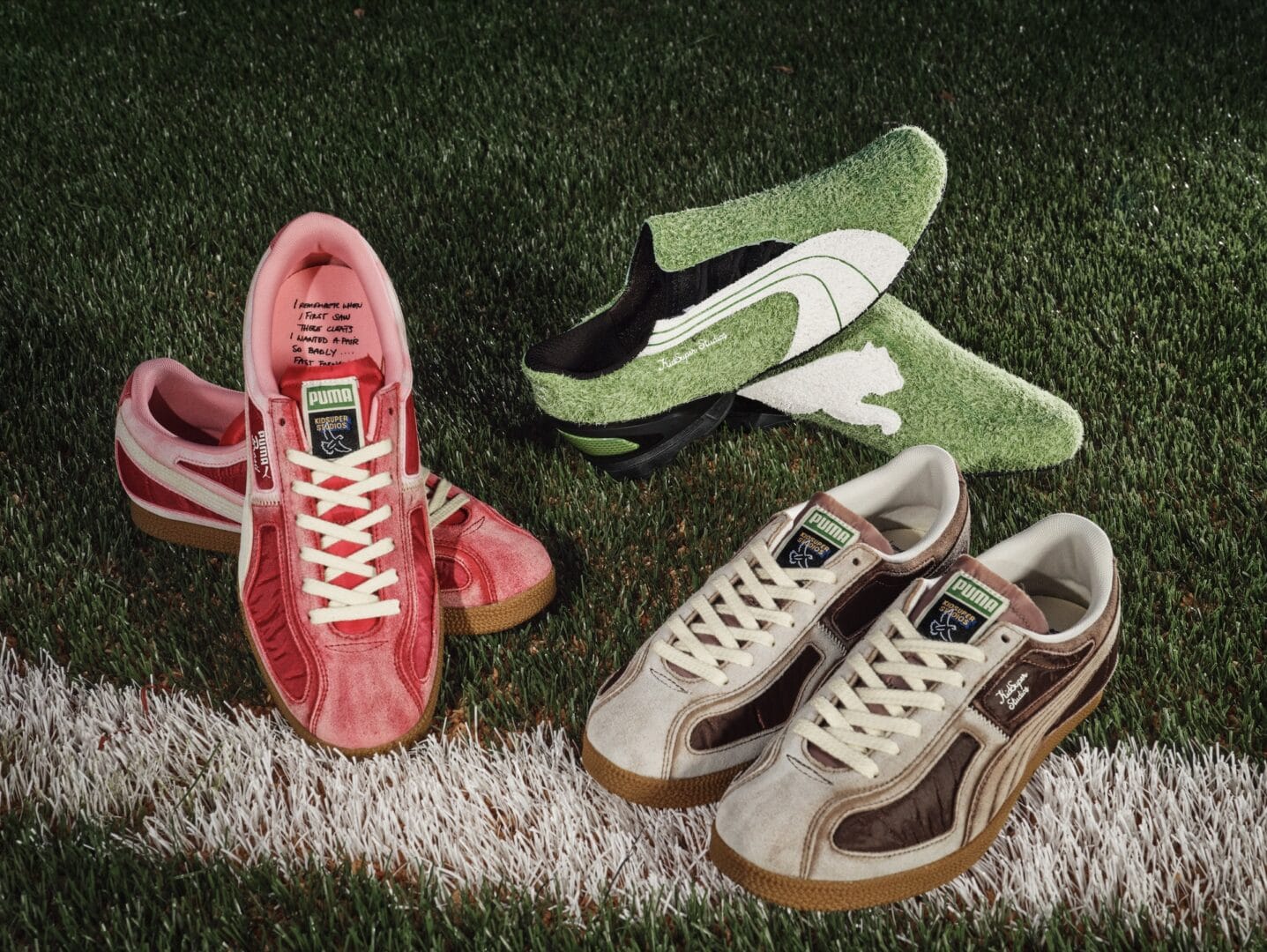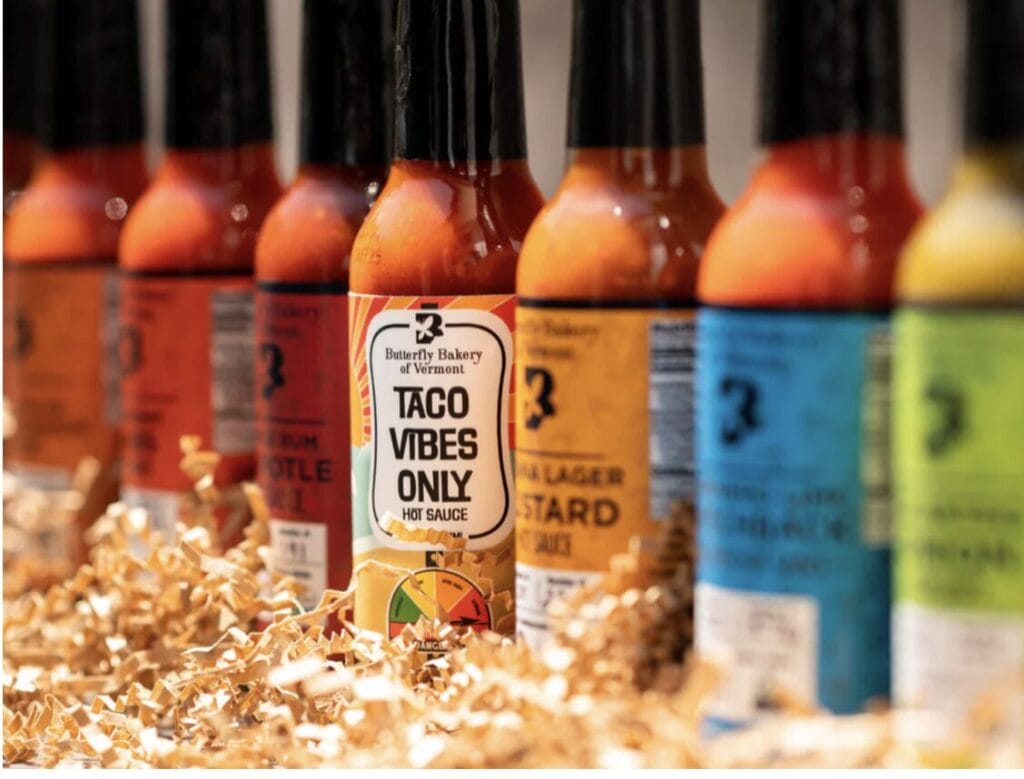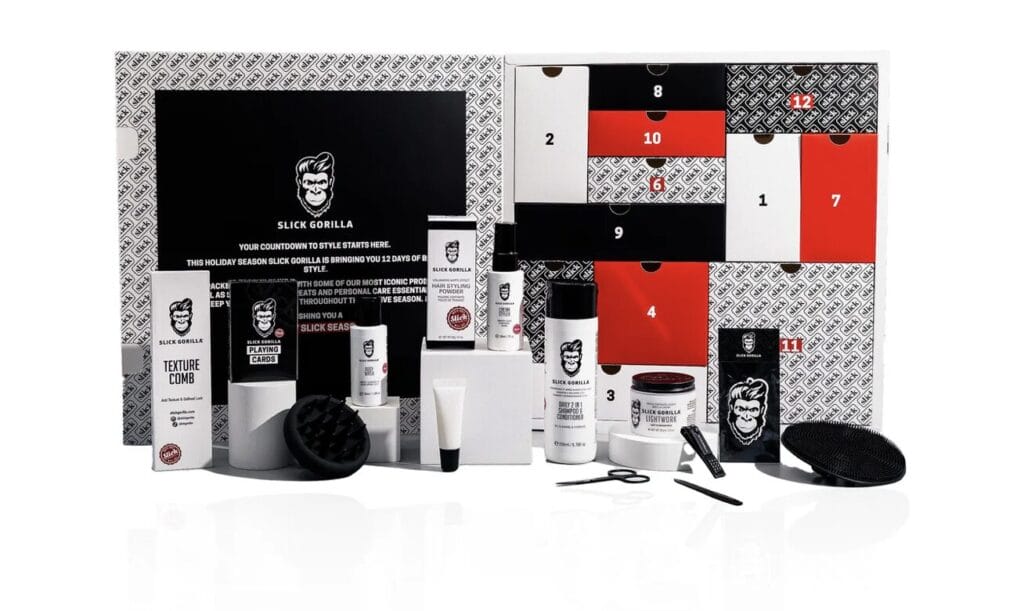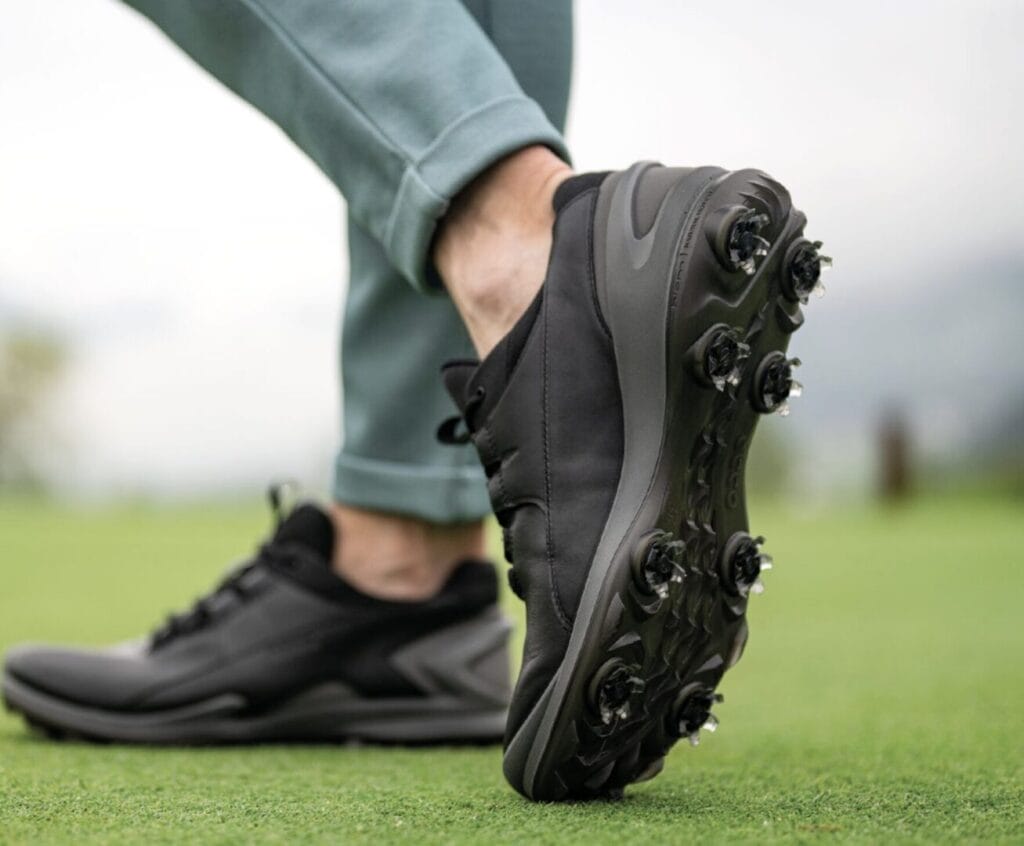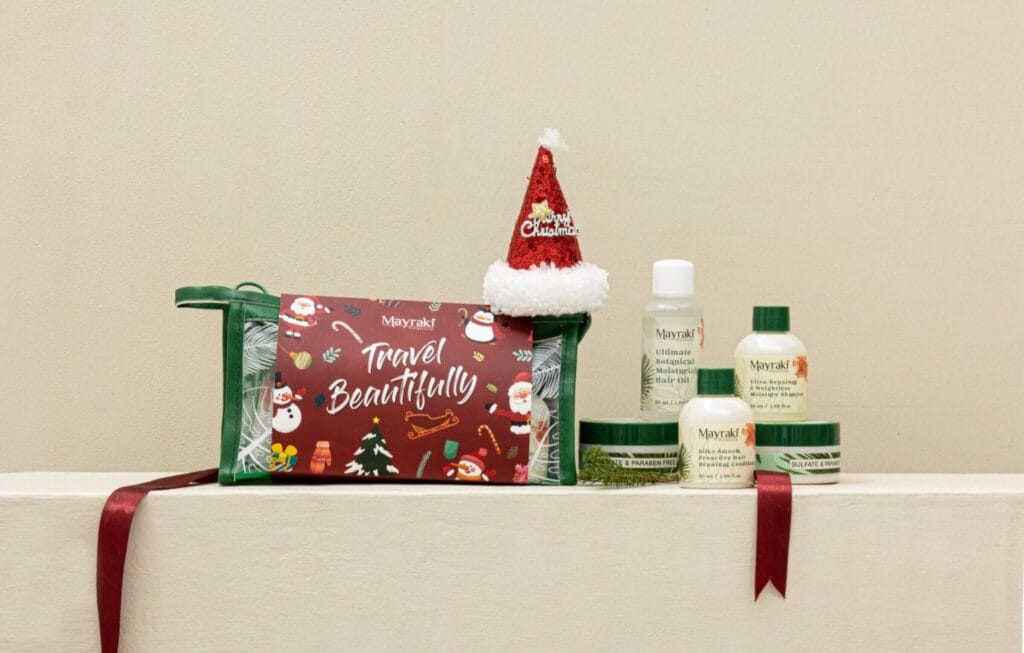As Editor of StyleLujo.com and Instructor at the Fashion Institute of Technology, I’ve spent years dissecting the anatomy of a successful fashion collaboration. And let me be clear: the PUMA x KidSuper AW 2025 collection, titled “The Gaffers,” isn’t just another seasonal drop. It’s a cultural playbook. A visual manifesto. A bold, expressive celebration of football culture, creative identity, and the evolving language of streetwear.
Let’s start with the basics. The campaign is built around the archetype of the football coach—the “gaffer”—a figure often overlooked in fashion narratives but rich with visual and emotional potential. In this collection, PUMA and (Colm Dillane (aka KidSuper) bring two coach personas to life: one brash and loud, the other suave and stylish. It’s clipboard versus cologne, tactics versus theatrics. And it’s brilliant.
This kind of storytelling is exactly what Gen Z craves. They’re not just buying clothes—they’re buying context. They want to know the why behind the what. And “The Gaffers” delivers that in spades. From the rooftop pitch in Brooklyn to Dillane’s own cameo in the campaign, every detail feels intentional, immersive, and deeply personal.

The collection itself is a masterclass in expressive design. PUMA’s iconic T7 tracksuit gets a KidSuper makeover, adorned with playful doodles and color-blocked panels that feel both nostalgic and fresh. The long hooded down coat—a sideline staple—becomes a canvas for Dillane’s signature artwork, while accessories like the Grip Bag, beanie, and capcarry the same visual DNA. It’s cohesive without being repetitive. Loud without being obnoxious. And most importantly, it’s wearable.
Footwear is where the collaboration really flexes its creative muscle. The PUMA Brasil, a low-profile silhouette from the 1970s, returns with gum soles and distressed uppers that nod to football’s gritty roots. Meanwhile, the V-S1—a hybrid of two early 2000s performance designs—is updated with asymmetrical lacing and a pitch-like upper that feels tactile, unexpected, and totally KidSuper. These aren’t just sneakers—they’re conversation starters.
From a fashion perspective, the collection hits all the right notes. It’s vintage-inspired but future-facing. It’s athletic but artistic. And it’s deeply rooted in subculture—a quality that’s increasingly rare in an industry obsessed with mass appeal. Dillane’s ability to inject humor, humanity, and hand-drawn charm into technical sportswear is what sets this collaboration apart. It’s not trying to be cool—it just is.
But let’s talk strategy. Because behind the visuals and the vibes, there’s a very smart brand play happening here. PUMA has long been a brand that straddles performance and lifestyle. It’s not as dominant in the hype ecosystem as Nike or Adidas, but that’s precisely why collaborations like this matter. They allow PUMA to carve out a distinct identity—one that’s rooted in creativity, community, and cultural relevance.
And Colm Dillane is the perfect partner for that mission. As the founder of KidSuper, he’s built a brand that’s equal parts fashion label, art studio, and social experiment. His work is messy, emotional, and unapologetically personal. It’s the antithesis of corporate polish—and that’s exactly what Gen Z responds to. By tapping into Dillane’s world, PUMA isn’t just selling clothes. They’re selling access to a mindset.
Of course, no collection is without its challenges. One of the biggest hurdles for PUMA in AW 2025 is standing out in a market that’s oversaturated with collaborations. Every week, there’s a new drop, a new partnership, a new “must-have” item. The risk is dilution—of brand identity, of consumer attention, of cultural impact.
But “The Gaffers” sidesteps that risk by being deeply specific. It doesn’t try to appeal to everyone. It speaks directly to those who understand the language of football, of streetwear, of artistic rebellion. And that specificity is what makes it powerful.

Another challenge is sustainability. As consumers become more conscious of their environmental footprint, brands are under pressure to prove their commitment to ethical production. While this collection doesn’t position itself as overtly eco-conscious, there’s an opportunity here for PUMA to build on its existing sustainability initiatives and bring more transparency to future collaborations. Gen Z doesn’t just want style—they want substance.
And then there’s the question of longevity. Will “The Gaffers” be remembered as a moment or a movement? That depends on how PUMA and KidSuper continue to evolve the narrative. The introduction of KidSuper FC, the rooftop pitch in Brooklyn, is a promising sign. It’s not just a backdrop—it’s a community hub. A place where fashion, sport, and storytelling collide. If nurtured properly, it could become a cornerstone of the brand’s cultural strategy.
From my perspective, what excites me most about this collection is its refusal to play it safe. It’s bold, it’s weird, it’s joyful. It reminds us that fashion doesn’t have to be perfect—it just has to be honest. And in a world where so much feels manufactured, that honesty is refreshing.
The campaign imagery is another standout. Models embody the coach archetypes with theatrical flair, and Dillane’s own appearance adds a layer of authenticity that’s hard to fake. It’s clear that this isn’t just a job for him—it’s a passion project. And that energy is contagious.
As an educator, I see this collection as a case study in modern fashion marketing. It blends product design, narrative construction, and cultural engagement in a way that feels seamless. It’s not just about selling—it’s about storytelling. And that’s the future of fashion.
So what’s next for PUMA and KidSuper? If “The Gaffers” is any indication, we can expect more immersive campaigns, more community-driven initiatives, and more unapologetic creativity. The challenge will be maintaining that momentum without losing the intimacy that makes these drops feel special.

In the end, “The Gaffers” isn’t just a collection—it’s a statement. A reminder that fashion can be fun, expressive, and deeply personal. That sport and style aren’t mutually exclusive. And that when brands dare to be different, they don’t just capture attention—they earn loyalty.
For Gen Z, that loyalty is everything. They’re not just consumers—they’re co-creators. They want to be part of the story. And with this collection, PUMA and KidSuper have invited them in.
Save Article
